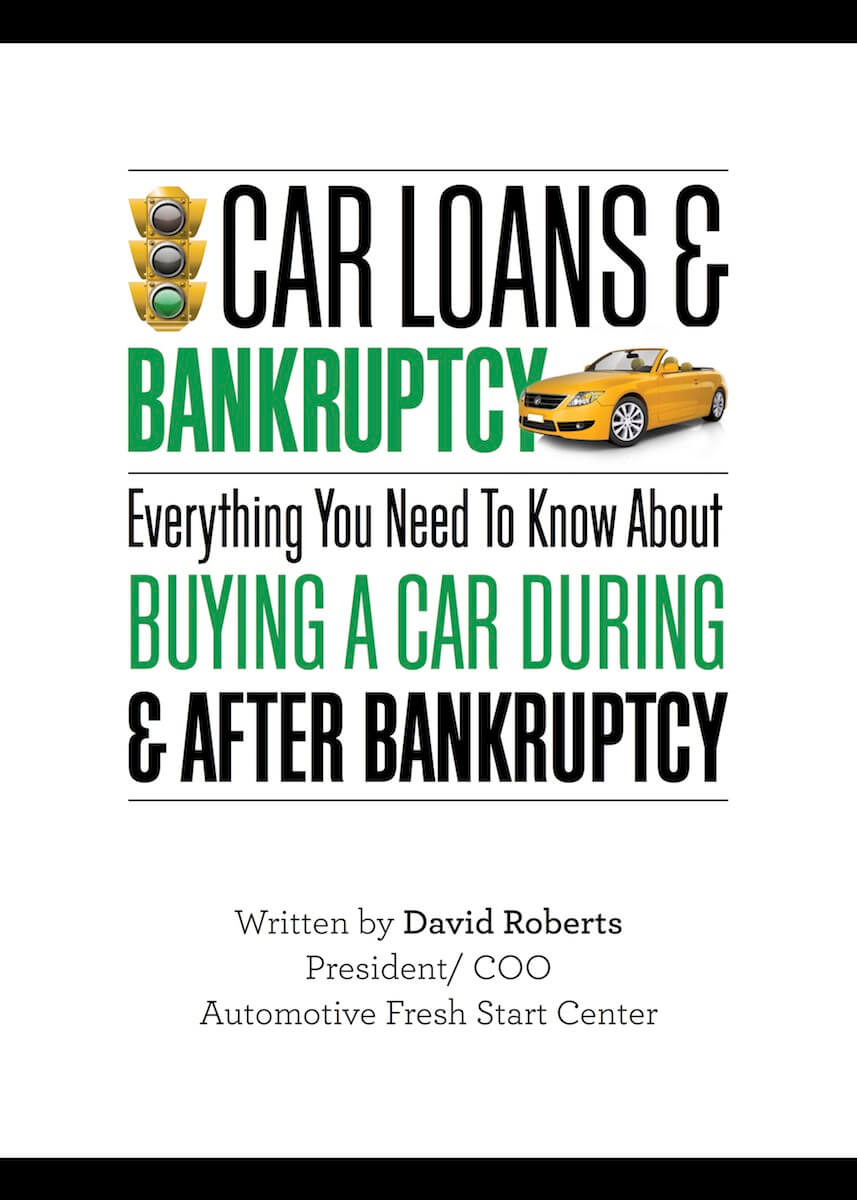HURRICANES AND BANKRUPTCY FILINGS: HOMEOWNERS BEWARE OF HIGH DEDUCTIBLES
In September of 2017, Florida experienced it’s second major hurricane episode within the past year. Hurricanes Matthew and Irma both caused extensive damage to major population centers in Florida. The damages ranged from falling trees to complete flooding of homes. In any situation, the homeowner may be in for a terrible financial consequence due to the effects of the storms.
Initially, most Americans are living paycheck to paycheck. Two-thirds of households don’t have more than $1,000.00 in savings. A recent article from the end of 2016 explained the dire financial situation of most households:
https://www.fool.com/retirement/2016/09/25/nearly-7-in-10-americans-have-less-than-1000-in-sa.aspx
That article found that “even though lower-income adults struggle with saving money more than middle- and upper-income folks, no income group did particularly well. Some 29% of adults earning more than $150,000 a year, and 44% making between $100,000 and $149,999, had less than $1,000 in savings. Comparatively, 73% of the lowest income adults (those earnings $24,999 or less annually) had less than $1,000 in their savings account.”
This situation has been largely characterized as people having less than 2 weeks of savings to handle an emergency such as a loss of job, medical episode or other work loss. The result of such an episode can lead to immediate financial pressure without adequate savings to make such basic payments as mortgage payments, rent, car payments, health insurance, etc. Unfortunately, our office sees such individuals on a daily basis.
But what about damage to your home from a Hurricane? How does that impact a homeowner with only two weeks of savings? The answer is based on the value of the home. In Florida, damage to a home from a hurricane is generally covered by insurance. However, the insurance coverage normally has a 2% deductible or higher. That percentage is based upon the value of home – not the estimated repair costs. See:
https://www.iii.org/issue-update/background-on-hurricane-and-windstorm-deductibles
This could mean that out of pocket deductible expenses will be in the tens of thousands of dollars for some homeowners. For example, a $250,000 home (about average sale value) would have a $5000 deductible. Obviously, the more the home is worth, the more that the deductible will be for the homeowner. Having to come out of pocket for $5000 is a financial impossibility for most families based on the less than $1000 in savings figures above. Other expenses may not even be covered by homeowner’s insurance, such as tree removal for trees which did not hit the structure, flooding costs and business losses for self-employed individuals. Most people will generally lose time from work due to the approach of a storm and the loss of power/internet for several days after the storm passess.
The result of a large out of pocket expense is usually that the homeowner is left without funds to pay car payments, credit card bill or other expenses which are not as critical as ensuring shelter for themselves and their family. In such a situation, financial pressure may start to mount once the emergency of the situation has worn off. Within a couple of months after a hurricane, collectors and creditors are generally not sympathetic to homeowner’s expenses related to the storm. Lawsuits and other collection activity will generally pick right back up and threaten wages, vehicles and other assets. If you find yourself in such a situation, then bankruptcy may provide the financial tools necessary to save your home, vehicles and income from collection.
At Mickler & Mickler, we attend Court and see the bankruptcy trustees and judges in action several times a week. We have the experience to guide you to the right decision about whether to file a case, and if so, which Chapter to file. When you contact our office, we can help you in your case with sound legal advice.
Please contact Mickler & Mickler at 904.725.0822 or bkmickler@planlaw.com. We will be happy to set you up a free appointment to discuss your situation and potential solutions.
Bryan Mickler

![IMG_1477[1]](https://planlaw.com/wp-content/uploads/IMG_14771-e1453306115811-225x300.jpg)
![IMG_1302[1]](https://planlaw.com/wp-content/uploads/IMG_13021-300x225.jpg)



